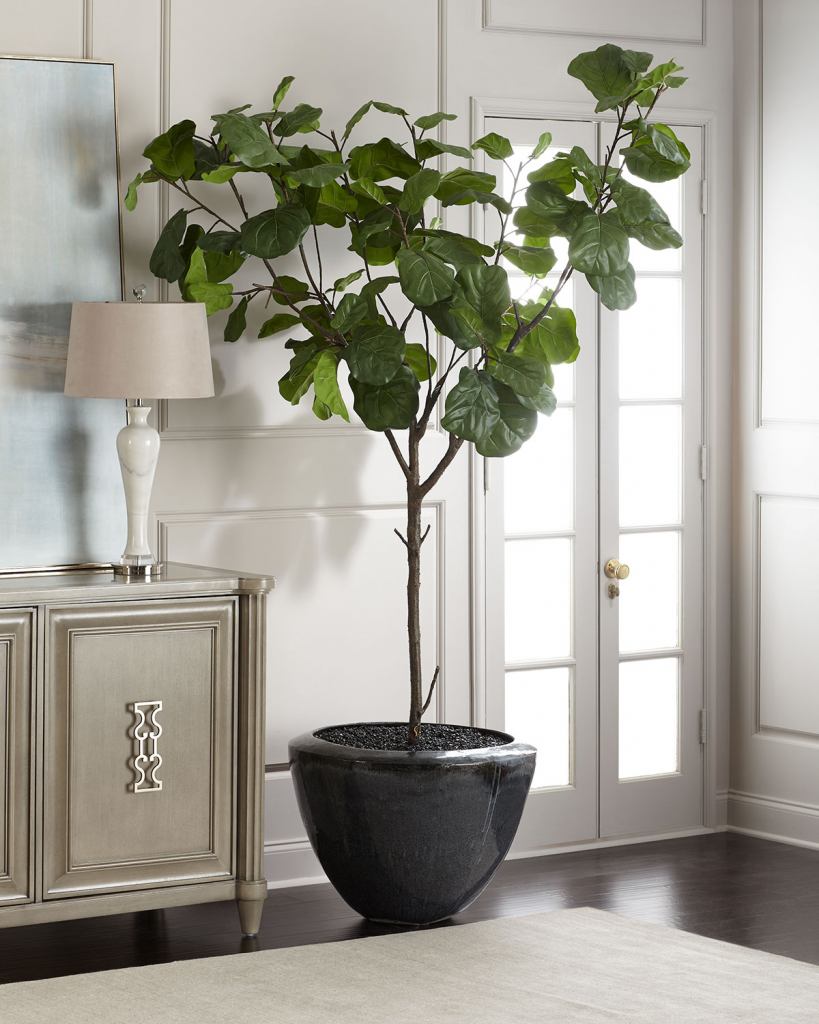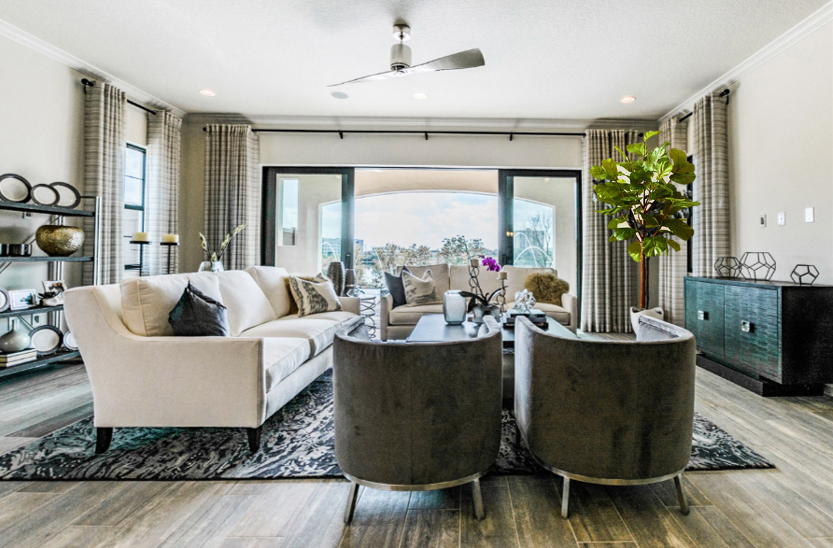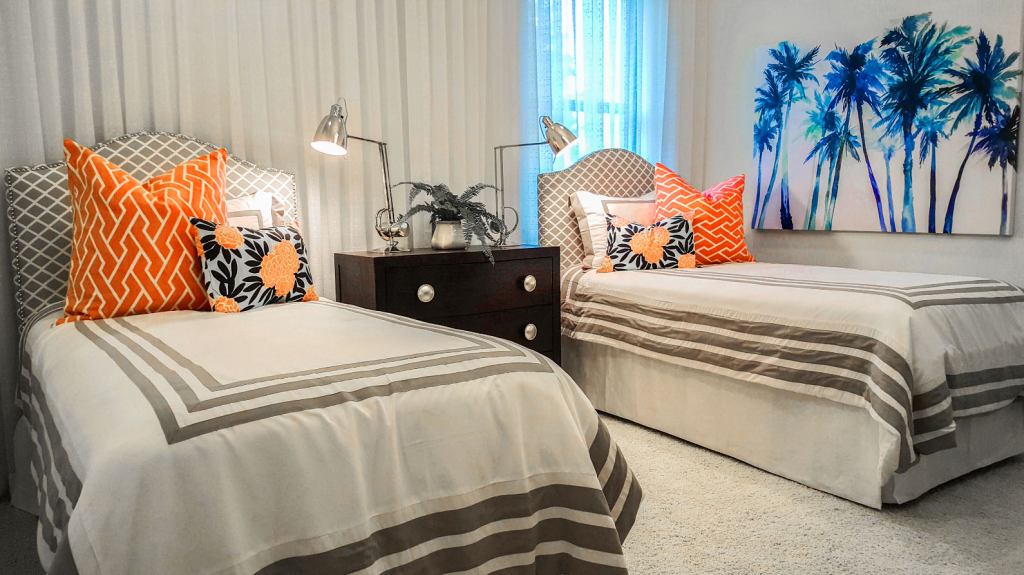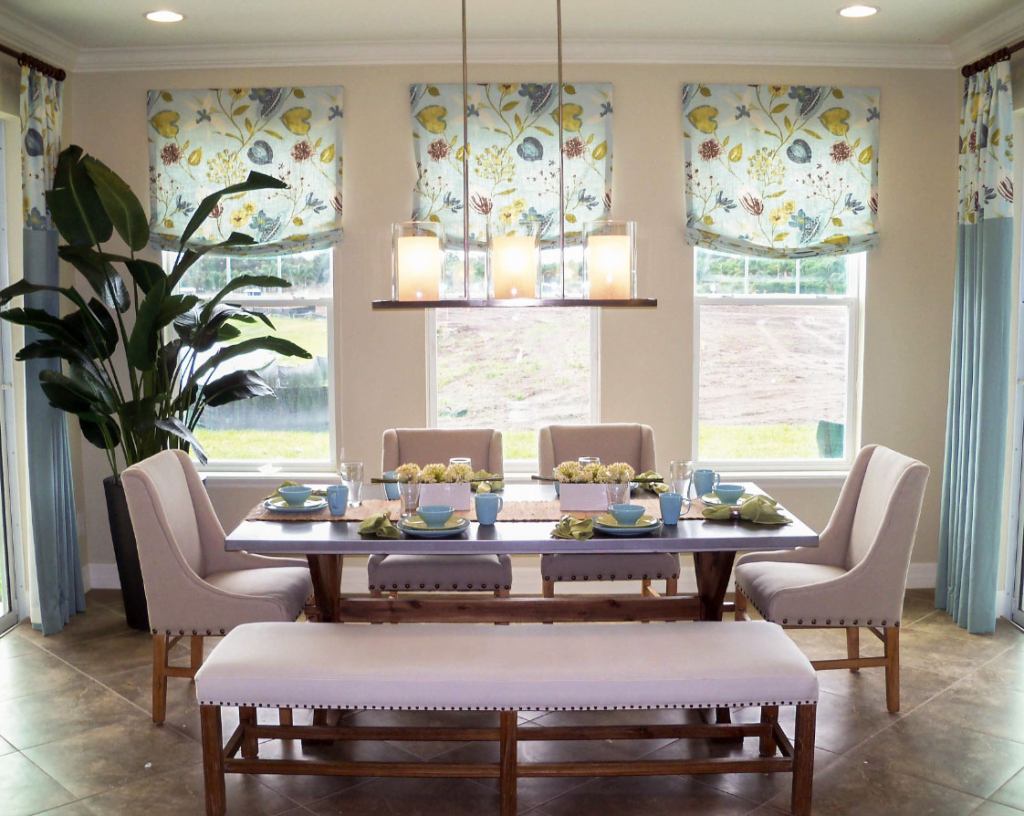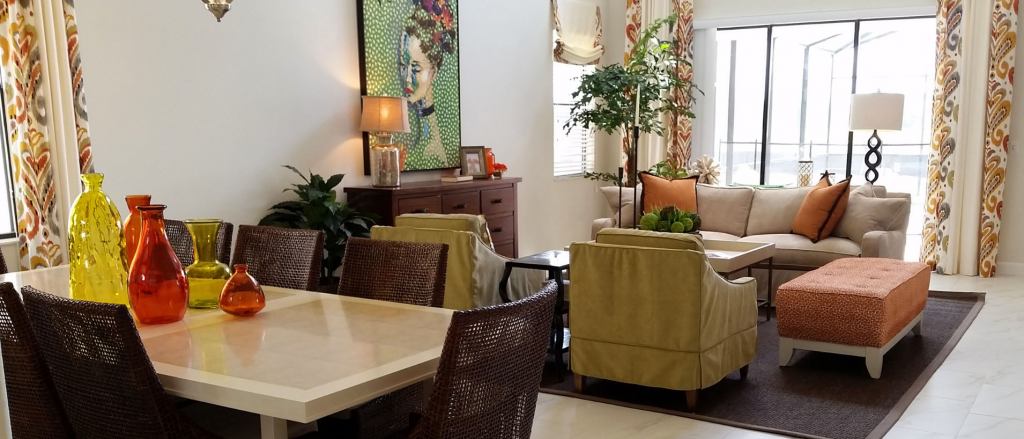Pets of any age can be nosy, often getting into household items. However, puppies and kittens generally get into these mischievous situations most frequently, as they are young and prone to explore. Because pets often investigate the unknown by tasting or smelling, they may be putting themselves at risk, especially if they are licking or sniffing toxic products.
Unfortunately, your home contains many items that are detrimental to your furry friend’s health. To ensure your pet stays safe, you must first identify these harmful products. Here are the top 10 household dangers that could make your pet sick.
1. Over-the-Counter Medications
Over-the-counter, human-grade drugs are safe for human consumption only. Some people believe these products are safe for pets, but many are extremely dangerous. If your pet ingests anti-inflammatories, cold medicine, or vitamins, it may suffer from any of the following: diarrhea, vomiting, lethargy, reduced appetite, increased urination, stomach ulcers, or kidney failure.
Additionally, most people store over-the-counter medications in purses or tote bags, as they often need them on the go. To ensure your pet can’t get into these toxins, you should be vigilant about where you put your bag when you get home. For example, instead of tossing it on the couch, you could hang it in a closet.
2. Prescription Drugs
To ensure you remember to take your prescription medications, you might store them in a weekly pill organizer and set them on your nightstand. While this scenario may work well for you, it could be hazardous for your pet. If your furry friend can jump, it can grab your pills and ingest them before you even know they’re missing.
Make sure you keep all medications in a drawer, cupboard, or medicine cabinet. If you’re afraid you’ll forget to take your prescription drug, try setting an alarm or leaving yourself a reminder note.
3. Household Cleaners
While pet-friendly cleaning products are relatively safe, other cleaning items can be detrimental to your pet’s health if you’re not careful when using them. Even if your pet doesn’t lick up a cleaning product, it may get remnants on its paws and ingest the product when cleaning itself. Therefore, it is best to put your pet in another room while mopping the floor, scrubbing a rug, or using any other harsh cleaner.
Instead of storing bleach, toilet bowl cleaner, and detergent in low cabinets, you should keep them in higher locations. Your four-legged friend (especially a dog) may pull one out and chew on the container, ultimately causing it to break. Ingestion symptoms range from drooling and vomiting to difficulty breathing and death. Prevention is the best solution to keep your pet safe.
4. Laundry Detergent Pods
Unfortunately, laundry detergent pods look appetizing to pets. If your pet bites a hole in the pod but you intervene directly, your furry friend should be fine. Simply flush its oral cavity and wash the soap off its fur.
If the chemical goes into your pet’s eye, the matter becomes more serious, as it can burn your pet’s cornea and cause an eye infection. You must flush its eye out with clean water and contact your vet immediately.
Lastly, if your pet eats the entire pod, you should seek help directly, as there is no cure. Your vet will treat the symptoms and keep your pet safe and comfortable with IV fluids and respiratory care while this toxicity passes out of its system.
5. Xylitol
Many human products contain xylitol, a sugar substitute. These include sugar-free gum, breath mints, and some baked goods. Although xylitol doesn’t seem to have the same dangerous effects on cats as it does on dogs, it’s good practice to keep it away from all pets.
When a dog ingests something that contains xylitol, the xylitol gets absorbed into its bloodstream quickly, rapidly releasing insulin. This process results in low blood sugar. A dog suffering from xylitol poisoning may become weak, have seizures, or stagger around. Depending on how much xylitol a dog has consumed, it can even become comatose in as little as 15 minutes.
6. Plants
Image URL: https://unsplash.com/photos/8ZELrodSvTc
Before buying plants for your home or yard, make sure you do your research, as many are toxic to cats and dogs. For instance, some lilies cause tremors or gastrointestinal issues. Sago palm and oleander are a little more dangerous, as they can trigger heart or liver failure in cats and dogs.
7. Chocolate
It turns out that chocolate isn’t only enticing to humans. Pets, especially dogs, also like it! Chocolate contains theobromine, a chemical similar to caffeine, as well as caffeine, both of which are toxic to dogs. While ingestion is rarely fatal, it can cause indigestion, vomiting, diarrhea, and a fast heart rate. More severe cases may result in heart failure or seizures.
8. Garden and Grass Treatment
Be careful when using products on your lawn, especially if your pet goes outside. Fertilizers and herbicides contain hazardous compounds that, when ingested, can cause mouth burns and gastrointestinal ailments.
Make sure you follow each product's guidelines and keep your pet off the lawn for the recommended amount of time. Consider putting up a dog barrier fence to keep your pet away from the affected area.
9. Electrical Wires
Unfortunately, wires resemble toys. So when your pet sees a cord, it may be tempted to play with it or chew on it, potentially leading to a dangerous outcome. Pets who get shocked may suffer from oral burns, a fast heart rate, muscle tremors, shortness of breath, or seizures.
The best course of action is to keep cables out of a pet’s reach. However, if you cannot move a cord, try to hide it behind furniture or block your pet’s ability to get to it. You can also try a deterrent spray, as it will make the cable much less appealing.
10. Coins
Finding loose change between the couch cushions or your pockets isn’t unusual. However, if you have a pet, you may want to gather this change and put it in a piggy bank, as some coins contain zinc, which is toxic to dogs, cats, and birds, and it can be lethal when ingested in large quantities. Zinc poisoning may cause a lack of appetite, vomiting, diarrhea, liver damage, heart failure, or severe anemia. Additionally, loose coins present a choking hazard.
As a pet parent, it’s your responsibility to ensure your home is safe for your fur baby by putting everything away that’s hazardous to your pet’s health. Knowing your four-legged friend is always protected will give you peace of mind and allow your pet to have a long, healthy life.










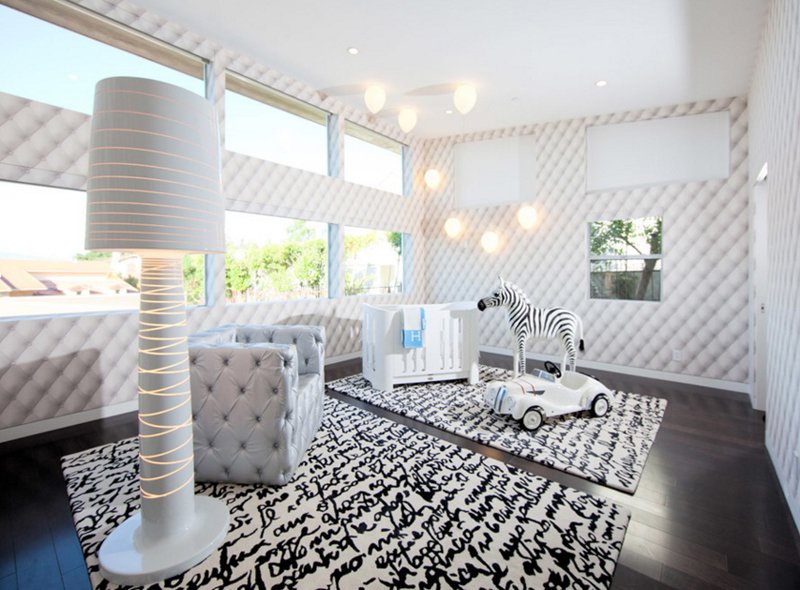


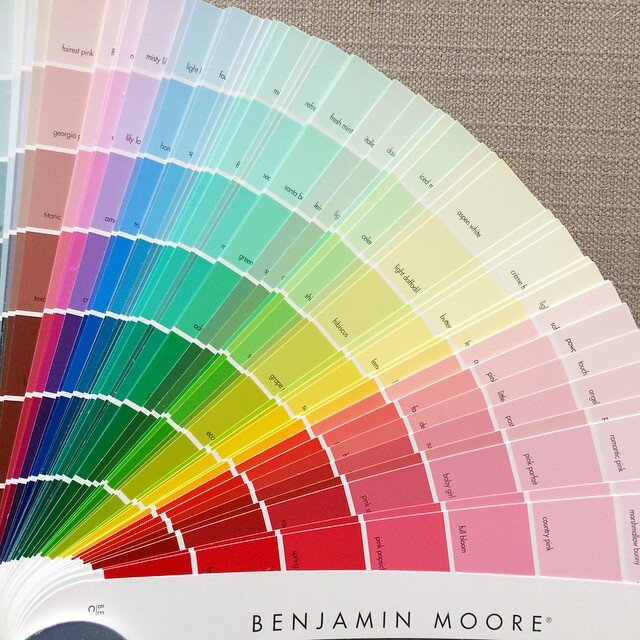


 What some of you may not know is that they design equally fabulous home décor collections! They have been dominating in all segments and I love how they brought their infamous brand to the world of interiors! The fashion powerhouse has stayed true to their brand with their bold colors and contrasting prints. I wanted to share with you some of their new home décor pieces that has captivated me once again. Sit back and relish in the visual and tactile prints intertwined with great layers of colors and textures. The new energy is inescapable in the most satisfying way…
What some of you may not know is that they design equally fabulous home décor collections! They have been dominating in all segments and I love how they brought their infamous brand to the world of interiors! The fashion powerhouse has stayed true to their brand with their bold colors and contrasting prints. I wanted to share with you some of their new home décor pieces that has captivated me once again. Sit back and relish in the visual and tactile prints intertwined with great layers of colors and textures. The new energy is inescapable in the most satisfying way…







